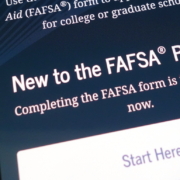By: Sean Hudson, FAS Senior Consultant
Financial Aid uses a lot of acronyms, but we also have a few programs named after people. Some financial aid administrators don’t even realize they are “real” people. So, I thought it would be fun to introduce people to the faces behind the names of three Federal aid programs and one New York State program that we have worked with for years: the Stafford Loan Program, the William D. Ford Loan Program, and the Pell Grant. Then because I’m from NY and love my city of Buffalo, I added the Arthur O. Eve HEOP Program.
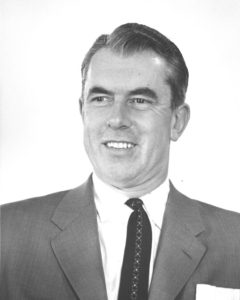
Robert T. Stafford (August 8, 1913 – December 23, 2006)
The Stafford Loan Program is named after Senator Robert Stafford from Vermont. He served as Attorney General of Vermont from 1955-1957, Lieutenant Governor of Vermont from 1957-1959, Governor of Vermont from 1959-1961, US House of Representatives from 1961-1971, and US Senator from 1971-1989. He was also a Navy Veteran from WWII and Korea.
Stafford was an environmentalist, a strong advocate of higher education, and even gave his support for the 2000 Vermont law legalizing civil unions for gay couples. Early in his career, he voted for the Civil Rights Acts of 1964 & 1968 and the Voting Rights Act of 1965.
Senator Stafford also helped pass a law, now known as the Robert T. Stafford Disaster Relief and Emergency Assistance Act, or Stafford Act, to coordinate federal natural disaster assistance.
In 1988, Congress renamed the Federal Guaranteed Student Loan program the Robert T. Stafford Student Loan program, in honor of his work on higher education.
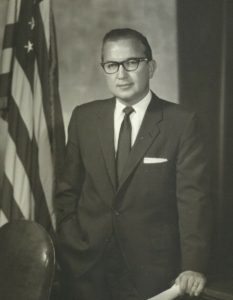 William David Ford (August 6, 1927 – August 14, 2004)
William David Ford (August 6, 1927 – August 14, 2004)
William D. Ford served in the Michigan State Senate from 1962-1964, then in the US House of Representatives from 1965-1995.
He is best known for his support of workers and education opportunities. He authored the Workers Adjustment and Retraining Notification Act (the “WARN Act” or “Plant Closing Act”) and the Middle-Income Student Assistance Act. He also played a key role in passing the Family and Medical Leave Act of 1993. In 1994, the Federal Direct Student Loan Program was named in his honor.
Like Senator Stafford, Representative Ford served in the Navy in WWII. He was also an Air Force reservist from 1950-1958.
Interesting facts: He is buried in Arlington National Cemetery and is not related to Henry Ford or Gerald Ford, although all three are from Michigan.
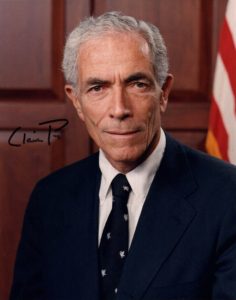 Claiborne Pell (November 22, 1918 – January 1, 2009)
Claiborne Pell (November 22, 1918 – January 1, 2009)
Claiborne Pell is one of the most interesting politicians I have ever read about. He was a US Senator who served Rhode Island from 1961-1997. He was the main sponsor of the 1972 bill that reformed the Basic Educational Opportunity Grant (BEOG). In 1980, the BEOG was renamed the Pell Grant in honor of his work on education legislation. Foreign to us now, in the early days of the Pell Grant there would be more money available than applied for!
Earlier in life, at the start of WWII, he was with his father, who was then United States Ambassador to Hungary. He drove trucks carrying emergency supplies to prisoners of war in Germany and was detained several times by the Nazis.
During WWII, Senator Pell enlisted in the US Coast Guard. His ships took part in the Allied invasion of Sicily and then the Italian mainland. After WWII, he remained in the US Coast Guard Reserve until 1978.
After WWII he served in the United States Department of State as a Foreign Service Officer in Czechoslovakia, Italy, and Washington, D.C. He was fluent in French, Italian, and Portuguese. In 1945 Senator Pell helped draft the charter that created the United Nations.
Observers thought Senator Pell was eccentric because he would wear old suits, use public transportation, and buy cheap used cars despite being very wealthy. He was also open about his belief in the paranormal which drew skepticism. Pell also wore his father’s belt as a memento, but his father was much larger, and the belt would wrap around his waist twice.
Throughout his long career, Pell supported some of the major legislation of our time. He had a wide range of interests from the Arts to environmental causes. Early in his senate career, Pell was a major legislative sponsor of the National Sea Grant College Program in 1965 and 1966 serving to support marine research and develop maritime industries. This sparked the growth of the fields of oceanography and marine science. He was the main sponsor of the bill that created the National Endowment for the Arts and the National Endowment for the Humanities. Pell also advocated for support of mass transportation to help reduce pollution from cars. To recognize his years of service, Rhode Island renamed the Newport Bridge the Claiborne Pell Bridge.
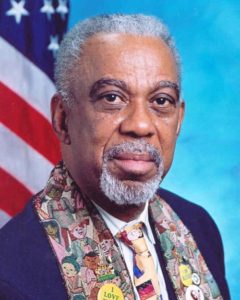 Arthur O. Eve (March 23, 1933 – Present)
Arthur O. Eve (March 23, 1933 – Present)
Assemblyman Arthur O. Eve served in the New York State Assembly from 1967- 2003 and Deputy Speaker of the Assembly (1979–2003) representing districts in Buffalo, New York.
During his first term in the Assembly in 1967, Eve was able to secure the funding to start the Equal Opportunity Program (EOP) to provide opportunity, access, and support for underserved populations within the State University of New York (SUNY) System. The first class started at the State University College in Buffalo in 1969. He then led the effort to pass legislation to expand the program to private institutions, creating the Higher Education Opportunity Program (HEOP) in 1969. The first class started in the 1070-71 school year.
The Arthur O. Eve Higher Education Opportunity Program (HEOP) provides a broad range of services to New York State residents who, because of educational and economic circumstances, would otherwise be unable to attend a postsecondary educational institution.” Downloaded from www.nysed.gov 5/17/23. The program is now at over 50 colleges across New York State.
Students across the country and in my home, state have benefited from the hard work of these political figures. We use their names every day, but do most people know why their name is attached? The fight to provide affordable education and opportunity for all Americans transcends partisan boundaries. They all came from what has been called “The Greatest Generation.” The question I have is who will the next Financial Aid Program be renamed after? Maybe Lamar Alexander?




 adobestock
adobestock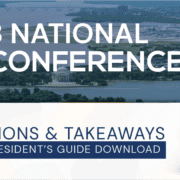
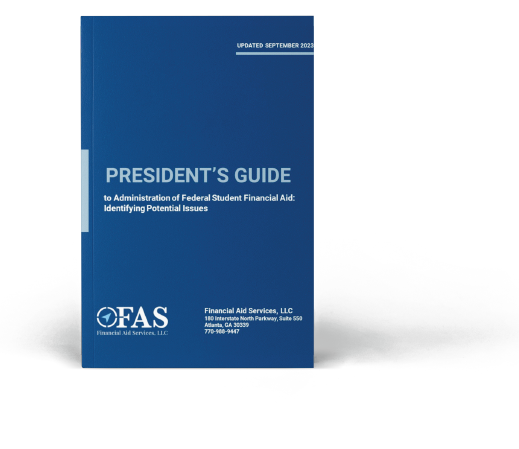
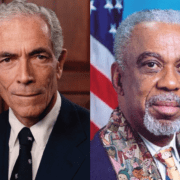

 William David Ford (August 6, 1927 – August 14, 2004)
William David Ford (August 6, 1927 – August 14, 2004)  Claiborne Pell (November 22, 1918 – January 1, 2009)
Claiborne Pell (November 22, 1918 – January 1, 2009) Arthur O. Eve (March 23, 1933 – Present)
Arthur O. Eve (March 23, 1933 – Present)
